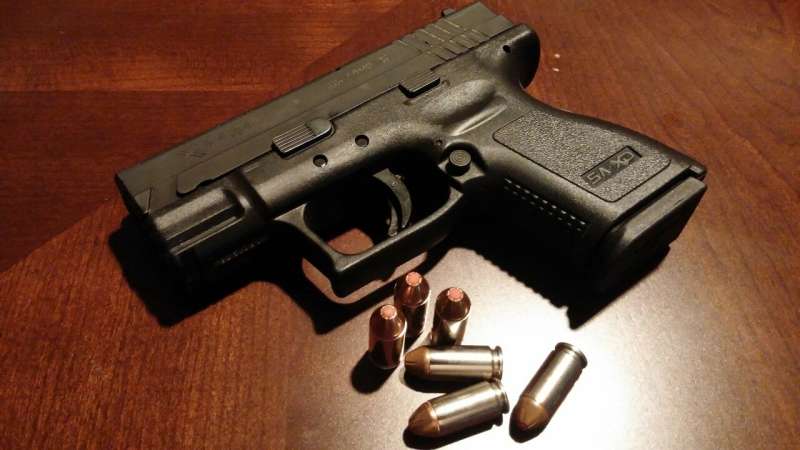Firearm injuries and the pandemic: Lower opportunity neighborhoods disproportionately affected


During a time when hospitals were overrun with COVID-19 patients and ventilators were in high demand, the nation’s focus was not on firearm-related injuries.
With our attention elsewhere, it may have seemed that these injuries appeared to decrease and mass shootings seemed to disappear. But that doesn’t mean firearm injuries went away. In fact, for one group of children in particular, firearm trauma rates grew. In a new study, investigators at Children’s Hospital Los Angeles reveal that children from lower opportunity neighborhoods had a significantly higher rate of firearm-related injury during the pandemic.
In March of 2020, people could be seen hoarding toilet paper in grocery checkout lines. Less conspicuously, firearm sales increased too. From March to mid-July, more than 6 million Americans bought their first firearm. This translated to almost 5 million more children now living in homes with firearms.
Also happening at this very moment in time: a stay-at-home order to minimize the spread of COVID-19. This was logistically difficult for many families, as childcare options dwindled due to mass closures. Paired with the increase in homes with firearms, sheltering in place set the stage for an increase in firearm-related trauma in the pediatric population.
Only, this didn’t happen. At least not for everyone.
The CHLA study, published in the journal Pediatrics, indicates that the rate of injury due to firearms was only increased in children from lower opportunity neighborhoods. Investigators used the well-established Child Opportunity Index, or COI, which takes into account more than just household income. The COI factors in resources that are vital to children—like quality of schools, safe housing, access to nutrition, clean air and more.
Previous research has shown that children in low COI neighborhoods are more likely to be treated for firearm-related trauma. The current study reveals that this, combined with the stress of an unprecedented international emergency, translated to an even larger disadvantage to low-COI areas.
The authors suggest that this increase may have been a result of unsafe storage of guns and single-parent households where the parent needed to return to work resulting in less child supervision since schools and daycare centers remained closed. In addition to finding that the pandemic exacerbated an already growing disparity it also highlights just how important community environments are to children.
Lead investigator on the study was MaKayla L O’Guinn, DO and Ryan Spurrier, MD, was senior author on the publication. Other investigators were Sami Siddiqui, Shadassa Ourshalimian, MPH, and Pradip P Chaudhari, MD, all at Children’s Hospital Los Angeles.
More information:
MaKayla L. O’Guinn et al, Firearm Injuries in Lower Opportunity Neighborhoods During the COVID Pandemic, Pediatrics (2023). DOI: 10.1542/peds.2023-062530
Journal information:
Pediatrics
Source: Read Full Article